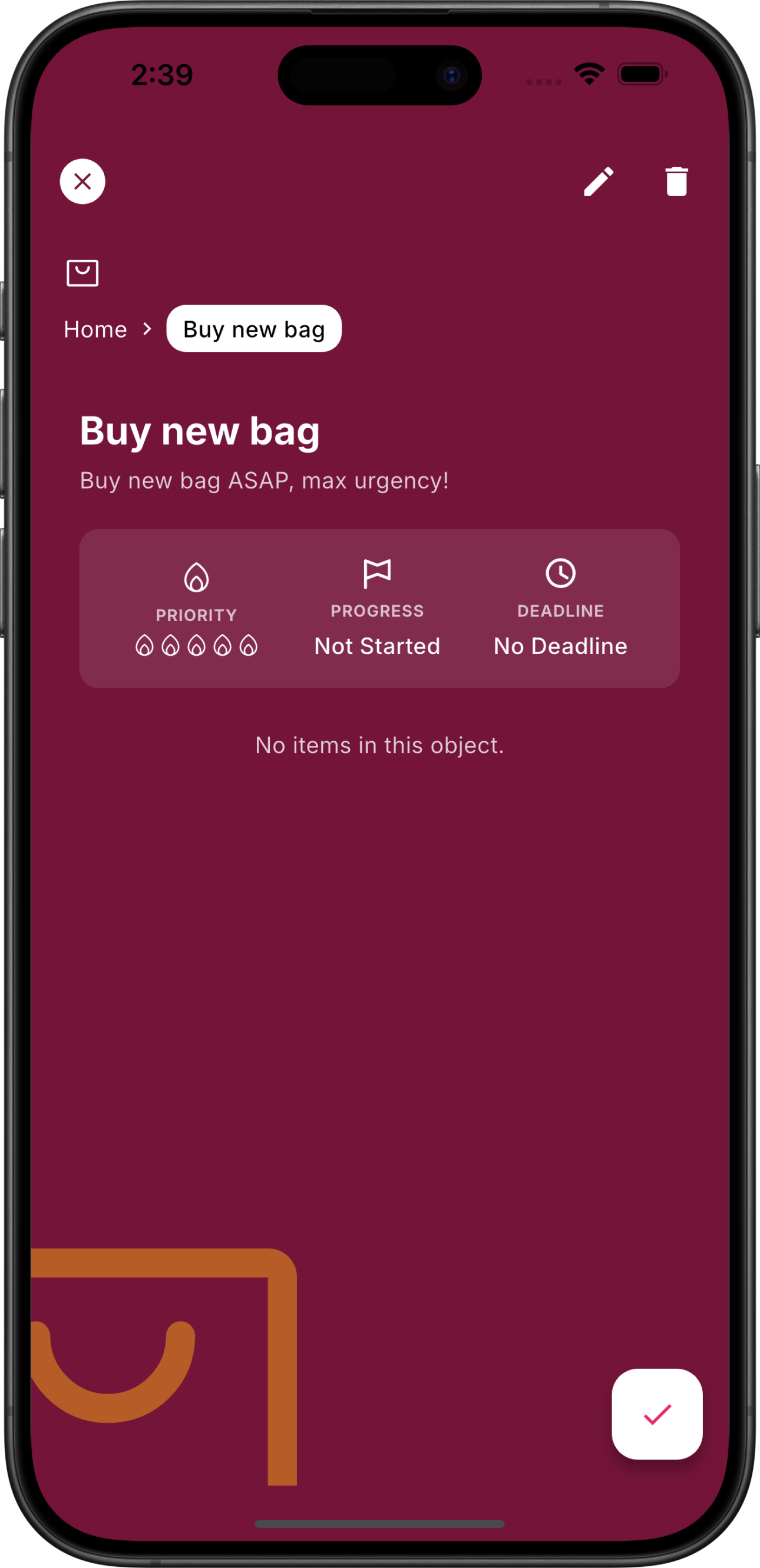Why it matters: An AI onboarding playbook is the difference between new hires feeling orientated in day three or chasing tribal knowledge for a month. Microsoft’s Work Trend Index 2024 found 75% of knowledge workers already reach for AI at work, yet most onboarding flows still rely on static wikis.[1] This guide shows how to codify the rituals, automations and guardrails in Chaos so every hire lands in flow without a human chaperone on standby.
TL;DR
- Document the who, what and why of each onboarding ritual, then let Chaos stitch voice notes, checklists and reminders into a living AI onboarding playbook.
- Automate week-one touchpoints with contextual nudges, so buddies and managers only step in for high-trust conversations.
- Review the playbook every sprint with feedback data and compliance checks to keep it truthful, inclusive and audit-ready.

How does an AI onboarding playbook keep context tight?
An AI onboarding playbook forces every team to agree on “the way we do things here”, then lets Chaos surface the right artefact at the right moment. Because the assistant ingests transcripts, Looms and screenshots, new hires can search natural language questions instead of bookmarking outdated folders. The UK Government Digital Service takes a similar approach, pairing buddy systems with living manuals so that no joiner faces a blank first day.
Linking the playbook to your meeting notes workflow keeps decisions discoverable. Every time a manager tags “onboarding” in Chaos, the playbook gains fresh context—saving you from stale documentation and making compliance reviews painless.
When we piloted the format with a 15-person hybrid studio, average time-to-autonomy dropped from 19 to 9 days because every handover, cheat sheet and role shadow was linked to a live checklist instead of scattered chats.
What steps build your AI onboarding playbook in Chaos?
Map the flow of knowledge in 90 minutes
Start by recording the questions new hires actually ask. Export Slack FAQs, capture voice notes from managers, and import shadowing clips. Drop them into a Chaos collection called “Week Zero Intake” so the assistant can cluster themes automatically. Pair this with the decision log workflow to make sure strategic context survives when leaders are offline.
Automate the first week timeline
Translate those themes into a day-by-day run sheet. Use Chaos reminders triggered by role, timezone and department. Microsoft’s Work Trend Index 2024 noted that 78% of employees who train with AI feel more confident tackling ambiguous work; giving them ambient prompts keeps that confidence alive.[1]
| Day | Chaos asset | Owner & trigger |
|---|---|---|
| Day 0 (pre-start) | Voice note welcome, equipment checklist | People Ops · triggered when contract signed |
| Day 2 | Live run of the AI data hygiene checklist | Security lead · triggered after first login |
| Day 4 | Shadow notes linked to handoff template | Team buddy · triggered by calendar label |
| Day 7 | Retro form + decision log tags | Manager · triggered by completion of week-one tasks |
Embed learning loops and guardrails
Schedule a weekly Chaos automation to request feedback from the new hire and their buddy. Pipe the responses into a “Playbook QA” board, then review it alongside your compliance readiness roadmap. Tag risks (access, language, wellbeing) so the assistant can alert People Ops before an issue festers.
Which pitfalls derail an AI onboarding playbook?
The first trap is over-automation. Relying solely on AI prompts can feel clinical, so stipulate when humans must step in—role clarity meetings, inclusive check-ins, or cultural tours. The second trap is stale data; if the playbook polls systems without reviewing the outputs, you risk serving policies that changed last quarter.
Finally, address accessibility head-on. Provide transcripts, dark-mode screenshots, and alternative formats. Pair every AI-generated summary with a source link so auditors—and new joiners—can trust the content.
Key takeaways
- Anchor your AI onboarding playbook around the questions new hires actually ask, not the slide deck you have on file.
- Use Chaos automations to pace week-one rituals, but reserve human-led moments for culture, wellbeing and decision context.
- Review the playbook every sprint with compliance, accessibility and feedback data so it stays trustworthy.